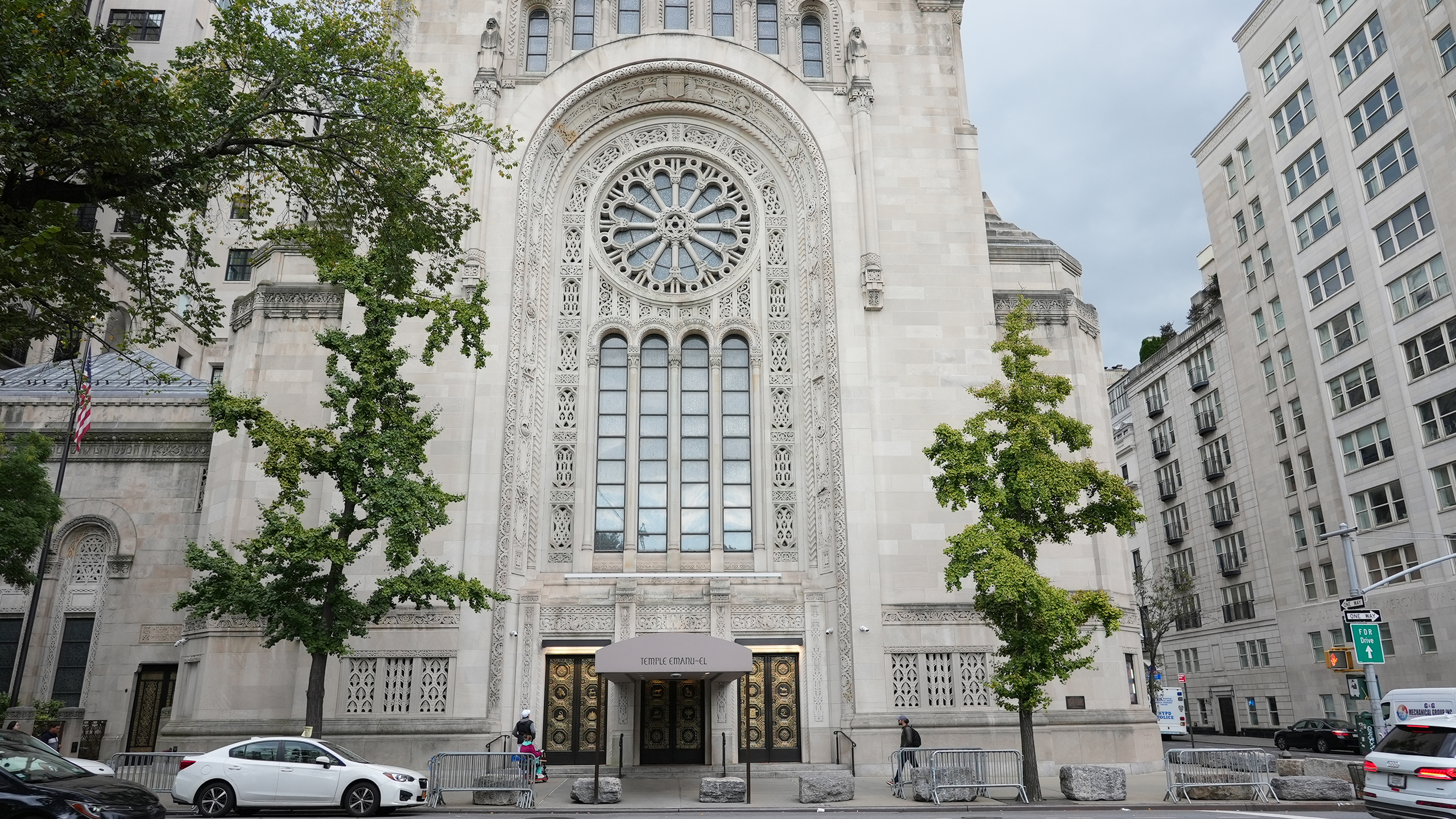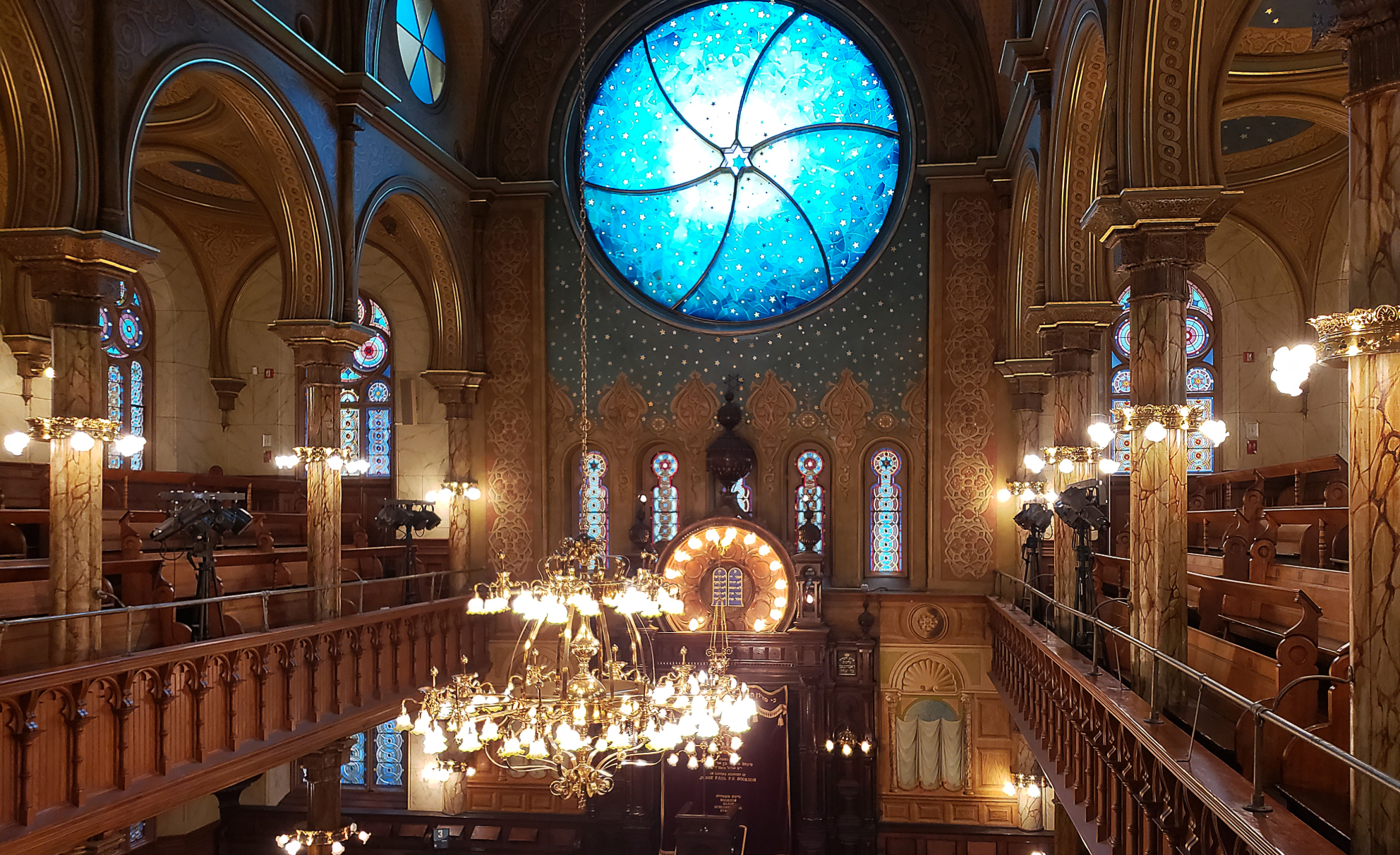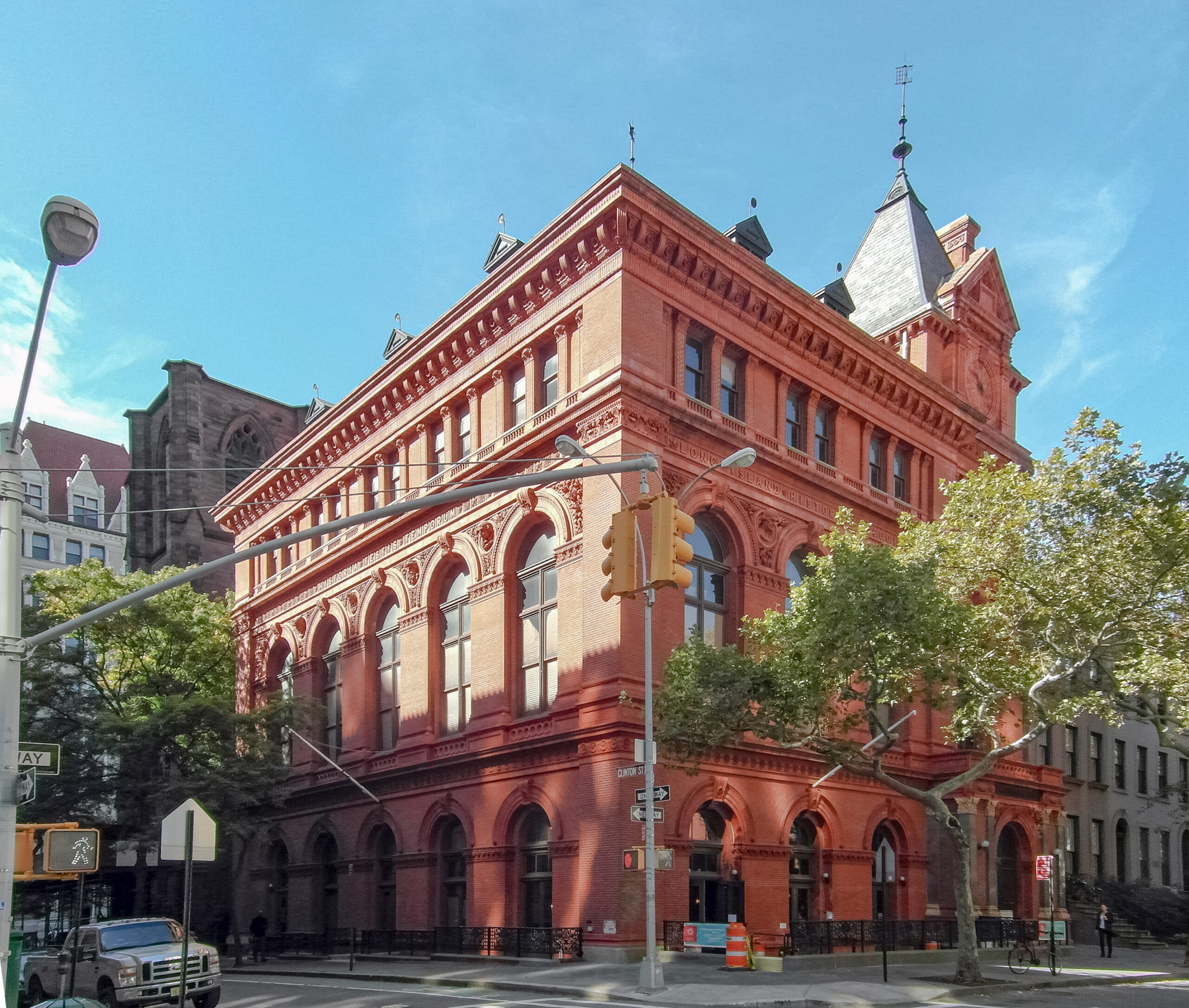The Herbert & Eileen Bernard Museum of Judaica in New York is a cultural institution focused on Jewish history and culture. It houses a diverse collection of artifacts and works of art, telling the story of Jewish heritage, traditions, and achievements through exhibitions and educational programs, serving as a valuable resource for both scholars and the general public.
This is a small museum located within one of the most beautiful and largest synagogues in the world. The collection includes objects created by the Tiffany Studios.
History and Architecture
The museum is situated on the second floor of the Temple Emanu-El complex, in a building constructed between 1928 and 1930.
The architecture is an interpretation of Romanesque-Byzantine forms with elements of Moorish and Art Deco design. The building was designed by Robert D. Kohn, Charles Butler, and Clarence Stein.
The interior is renowned for its vast spaces (seating approximately 2,500 worshippers), stained glass windows, marble finishes, and mosaics.
The Bernard Museum opened to the public in 1997 as a small but professionally curated space for temporary exhibitions and a permanent collection, intended to illustrate the diversity of Jewish culture across a long historical timeline.
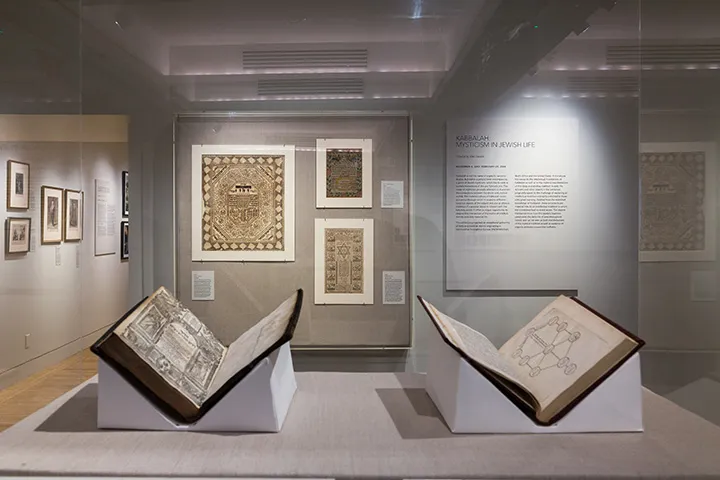
Collection and Exhibitions
The museum’s collection includes over 1,000 objects, among them a large selection of silverware and Hanukkah menorahs, covering a wide historical and geographic range. For example, it includes a 1891 Torah case made of silver, copper, and gilded metal from Calcutta, created by Chinese artisans for Iraqi Jewish communities in exile. Some items date back as far as the 14th century.
The museum regularly hosts themed temporary exhibitions, both artistic and historical-cultural. Past examples include All About Herzl, Etrog: The Wandering Fruit, Violins of Hope (a project about Holocaust-era violins), and retrospectives timed to various anniversaries.
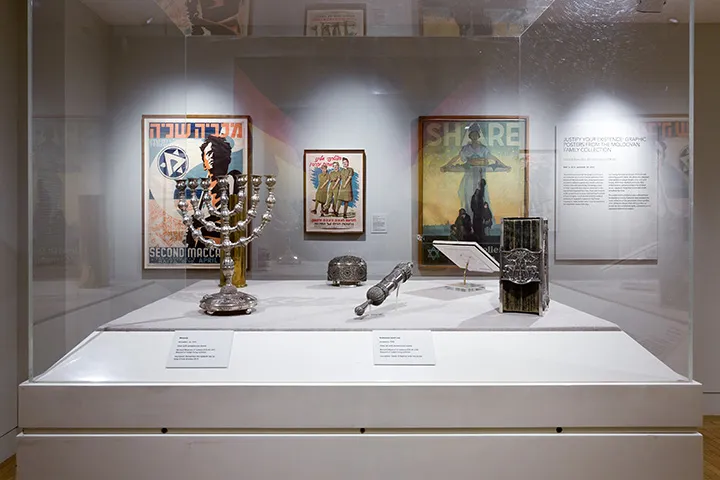
A special place in the Bernard Museum’s collection is occupied by objects created by the legendary Louis Comfort Tiffany studio. Tiffany Studios, widely known for their stained glass, mosaics, and decorative arts of the late 19th and early 20th centuries, are rarely associated with Jewish artistic traditions. It is particularly noteworthy that the studio actively collaborated with American synagogues, creating unique decorative elements for them.
The museum’s collection features stained glass windows crafted by Tiffany artisans that once adorned the Temple Emanu-El. They can be seen in the Greenwald Hall, where they remain one of the most exquisite decorative highlights. Characteristic Tiffany deep color transitions, intricate glass textures, and delicate natural motifs harmoniously combine with Hebrew inscriptions and Jewish symbolic imagery, creating a rare example of the synthesis of artistic traditions.
Practical Information
Website: emanuelnyc.org
Address: 1 E 65th St, New York, NY 10065
Admission: Free

